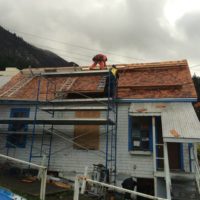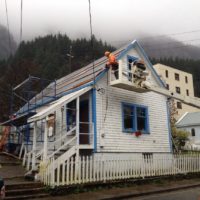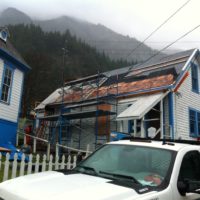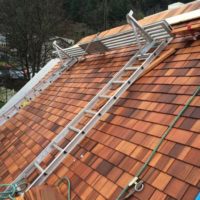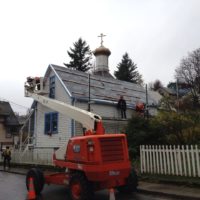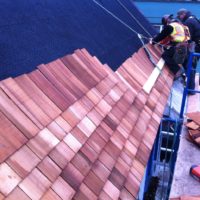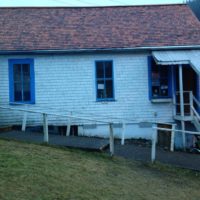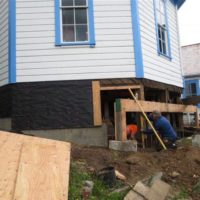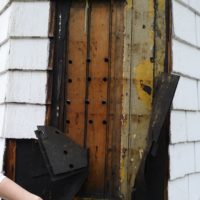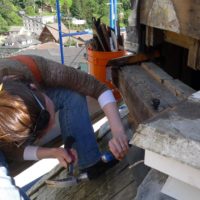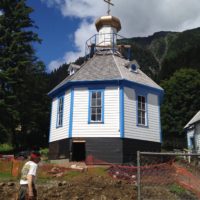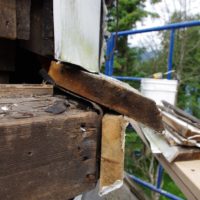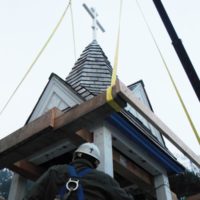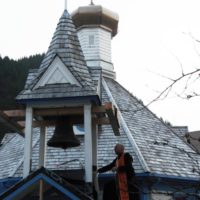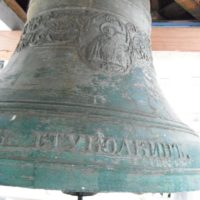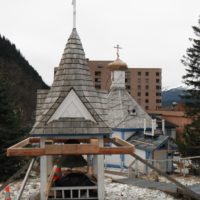
Project: Saint Nicholas Orthodox Church
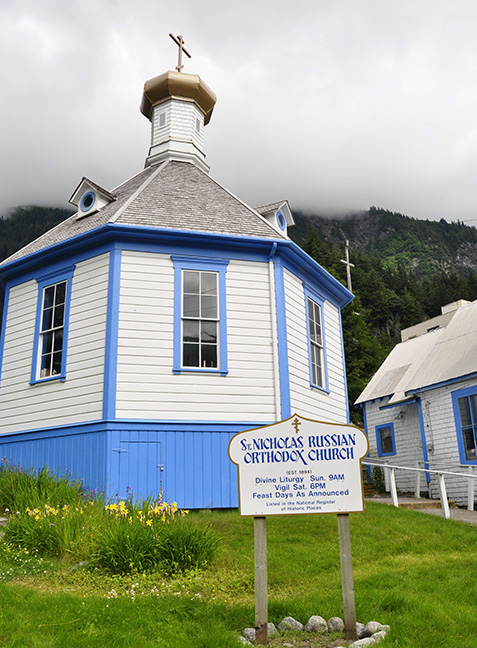
Current Campaign
The St. Nicholas Church Community and the Church itself are preparing for a large-scale fundraising effort for Phase 2 of preservation and restoration work, which will include the installation of the fire suppression system and work on the restoration of the rectory.
Preservation Status
ROSSIA, Inc. is pleased to report the completion of Phase 1 of its preservation work for St. Nicholas Church in Juneau. Through grant awards from Rasmuson Foundation (2012 and 2013), National Trust for Historic Preservation (2010), Alaska Association for Historic Preservation (2010), and State of Alaska (2012) much work has been accomplished.

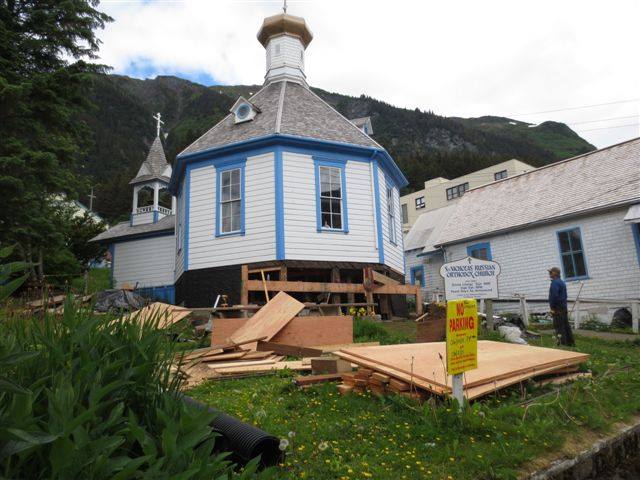
Completed Work
During Phase 1 of its preservation work for St. Nicholas Church, ROSSIA completed the following:
• Inspection and repair of the foundation and installation of seismic upgrades
• Re-roofing of the rectory and Narthex
• Reconstruction of the bell tower support beams
• Refurbishment and reinstallation of the bell
• Excavation for adequate drainage around the church
• Designing of a fire suppression system
Project Gallery
Church History
Juneau’s gold rush in the 1880s and the growth of the then frontier town initiated efforts by various missionaries to convert the Amerindians people to their faith. American missionaries were instructed to suppress the use of native languages and as a result, many Tlingits chose to embrace the Orthodox Church which used native languages in worship. St. Innocent Veniaminov, who studied the Tlingit language, was the first to translate the Christian Scripture into that language and taught Native Alaskans to read and write in their own language. Juneau Tlingit leaders, led in part by Taku leader Anathahash, were eager to develop a parish and in July of 1892, Bishop Nikolai visited Juneau and baptized nearly 700 of 1,500 natives in the town.
By 1893 community support was growing to establish a church in Juneau. Funds were raised to buy two lots in town and construction was started in July of that year. The church passed building inspection in later November of 1893 and a school house was built sometime later and remained open until 1917. Bishop Nikolai consecrated the church in June of 1894.
In its first decade, St. Nicholas Church was served by Father John Bartnovsky, and Father Alexander Yaroshevich, both Russian clergy who were familiar with the Tlingit language. In 1913, Juneau’s most prominent and famous pastor arrived from Kodiak. Father Andrew Kashevaroff, an Aleut-Creole who championed many causes from the protection of Native traditions of the potlatch to protection of eagles put under bounty in 1917, thus earning the title of the “Fighting Priest.”
The church and associated buildings were listed on the National Register of Historic Places in September of 1973.


